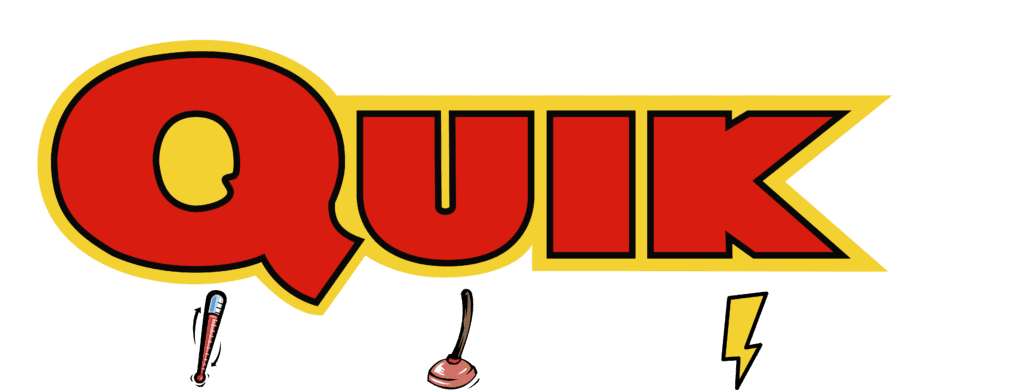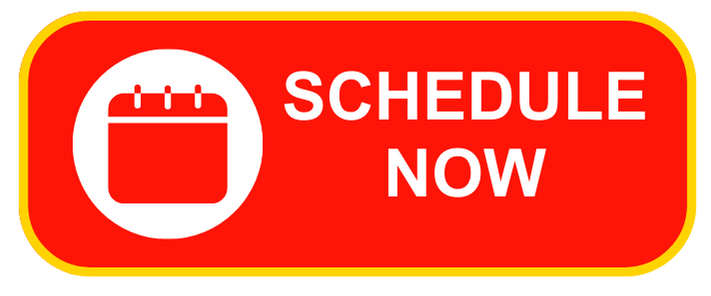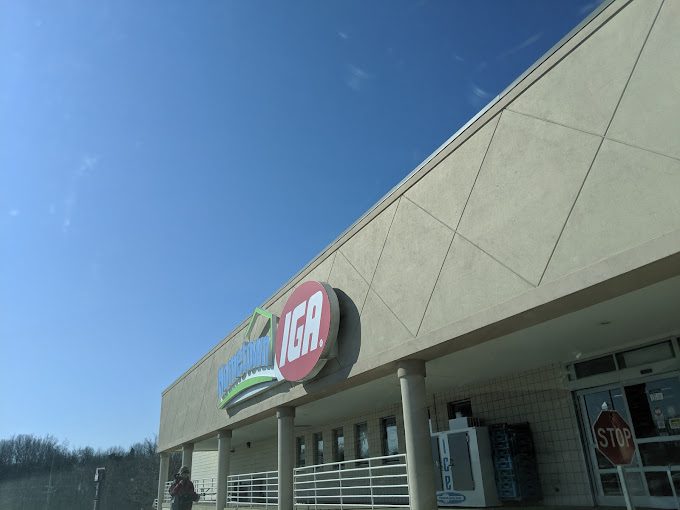HVAC Installation Near Me
Schedule on your own without making a call. Click the button below to get started!
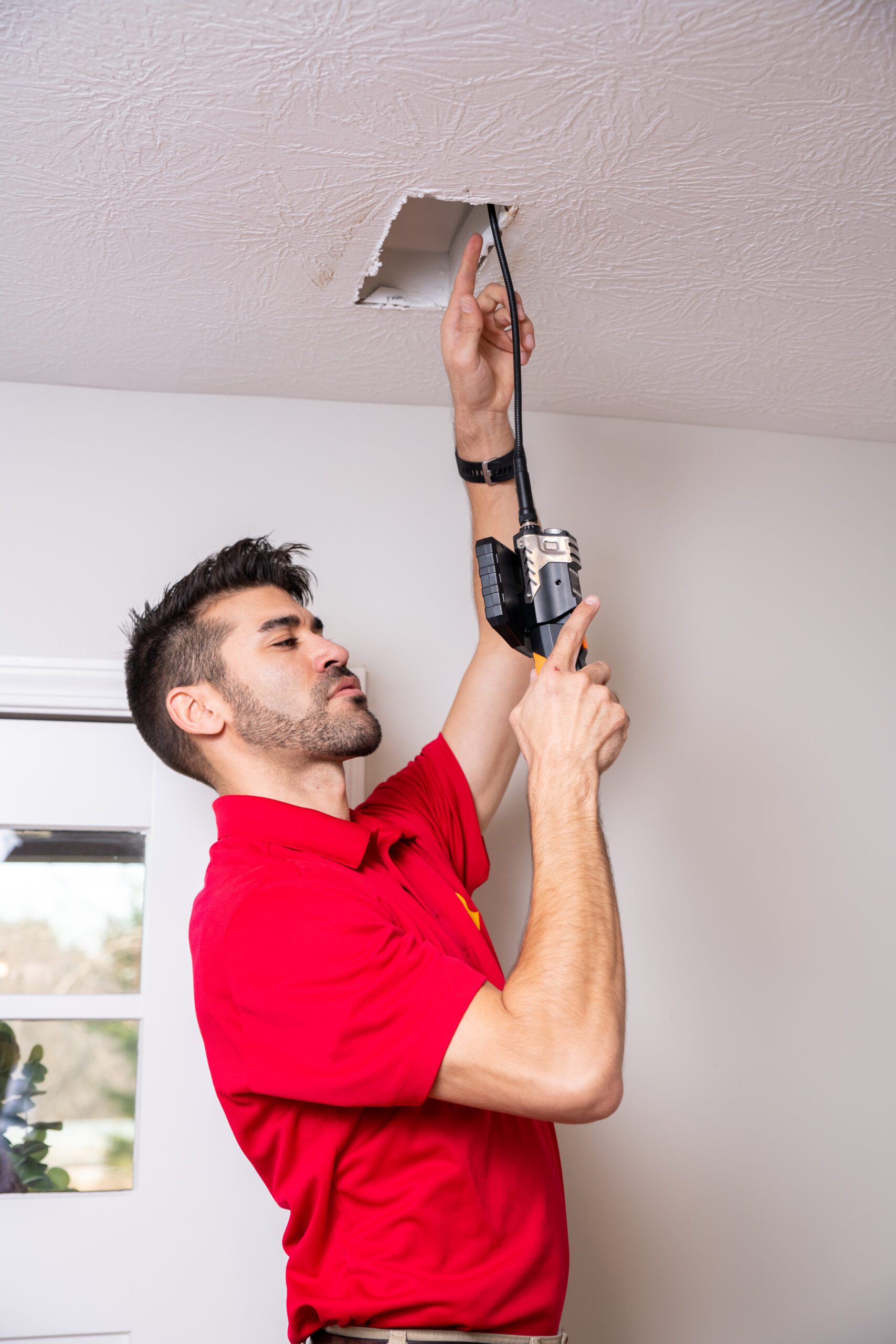
Residential HVAC Installation
Residential HVAC installation is a significant investment that requires careful planning and execution to ensure optimal performance and energy efficiency. If you’re a homeowner in Bloomington looking to install a new HVAC system, it’s essential to understand the process and consider key factors before making a decision. In this section, we’ll explore residential HVAC installation and what you need to know.
- Climate Considerations:
- Bloomington’s variable climate, with hot summers and cold winters, necessitates an HVAC system that can provide comfort year-round.
- Energy Efficiency Requirements:
- Indiana’s energy efficiency standards influence HVAC choices.
- Opt for ENERGY STAR certified products to maximize savings and qualify for incentives.
- Local Building Codes and Permits:
- Familiarize yourself with the community’s building codes and permit needs before installation.
- HVAC companies should handle permits and comply with regulations.
- System Sizing and Load Calculation:
- Proper sizing ensures efficient operation.
- Professionals should conduct load calculations based on factors like square footage and insulation.
- Equipment Selection and Installation:
- Choose an HVAC system that suits your needs and budget.
- Consider factors like system type, efficiency ratings, and advanced features.
- Hire a reputable HVAC company experienced in various systems and brands.
- Ensure adherence to industry standards and manufacturer guidelines for proper installation.
- Warranty and Maintenance:
- Inquire about warranties covering parts and labor.
- Regular maintenance preserves warranties and ensures system efficiency.
- Discuss maintenance plans with your installer.
Residential HVAC installation requires careful consideration of local climate conditions, energy efficiency requirements, building codes, system sizing, equipment selection, and ongoing maintenance. By working with experienced HVAC professionals and following best practices, you can enjoy reliable, efficient heating and cooling in your home for years to come.
HVAC Installation Companies Near Me
When it’s time to install a new HVAC system in your home, finding the right installation company is crucial for ensuring a smooth and successful process. HVAC installation companies near you can provide personalized service, local expertise, and timely support. In this section, we’ll explore how to find HVAC installation companies near you and what to consider when making your selection.
Start your search for HVAC installation companies near you by using online resources such as search engines, business directories, and review websites. Use location-specific keywords like "HVAC installation Bloomington" to narrow down your options.
Research HVAC installation companies near you to ensure they are properly licensed, insured, and certified to perform installations in your area. Look for certifications from reputable organizations like NATE (North American Technician Excellence) or ACCA (Air Conditioning Contractors of America). Check online reviews, testimonials, and ratings from past customers to gauge the company's reputation and customer satisfaction.
Choose an HVAC installation company near you that offers a comprehensive range of services to meet your needs. This may include installation of central air conditioners, heat pumps, furnaces, ductless mini-splits, and more. Consider additional services such as ductwork installation or modifications, indoor air quality solutions, and energy efficiency assessments to enhance your home comfort and savings.
Look for HVAC installation companies near you with extensive experience in the industry and a track record of successful installations. Experienced companies are familiar with local building codes, permit requirements, and common HVAC challenges in your area.
HVAC installation costs can be attributed to several factors, including the complexity of the system, the size of the space being serviced, and the type of HVAC unit being installed. Additionally, labor costs, which involve skilled technicians and often require specialized training, contribute significantly to the overall expense. The need for permits, regulatory compliance, and potentially extensive ductwork or electrical work further adds to the cost. Moreover, quality HVAC systems and components, while initially pricier, tend to offer better efficiency and longevity, potentially saving money in the long run despite the higher upfront investment.
Installing an HVAC system yourself can be challenging and potentially hazardous if you lack experience or proper training. HVAC systems involve complex components and intricate electrical work, requiring a deep understanding of both mechanical and electrical systems. Additionally, improper installation can lead to inefficiency, malfunctions, or even safety hazards such as gas leaks or electrical fires. It’s highly recommended to hire a professional HVAC technician who is licensed and experienced to ensure the system is installed correctly and safely, providing optimal performance and longevity for your investment.
Installing HVAC (Heating, Ventilation, and Air Conditioning) typically involves several key steps. First, assess the space and determine the appropriate HVAC system size and type based on factors like square footage, insulation, and climate. Next, plan the layout of ductwork or piping to distribute air or heat effectively throughout the building. Then, install the HVAC equipment, including the furnace, air conditioner, ducts, vents, and thermostat, ensuring proper placement and connections. Once installed, test the system to ensure it operates efficiently and effectively, adjusting settings as needed for optimal performance. Finally, conduct regular maintenance to keep the HVAC system running smoothly and efficiently over time.
The most expensive component of an HVAC system tends to be the heating and cooling unit itself, which can vary in price depending on factors such as capacity, efficiency, and brand. While installation costs can also be significant, especially if ductwork or electrical systems need modification, the initial investment in the HVAC unit typically constitutes the largest portion of the total expense. Additionally, ongoing maintenance and repair costs can further contribute to the overall expenditure over the system’s lifespan.
The duration of an HVAC installation can vary depending on factors such as the size and complexity of the system, any necessary ductwork modifications, and the efficiency of the installation team. Generally, a typical HVAC installation for a residential property might take anywhere from one to three days, while more intricate installations or commercial projects could take longer. Factors such as the need for permits, weather conditions, and unexpected challenges during the installation process can also impact the timeline. It’s essential for the installation team to conduct a thorough assessment beforehand to provide a more accurate estimate of the timeframe.
HVAC Installation Checklist
Preparing for HVAC installation requires careful planning and attention to detail to ensure a smooth and successful process. Whether you’re installing a new system or replacing an existing one, having a comprehensive checklist can help you stay organized and minimize potential issues. In this section, we’ll provide a detailed HVAC installation checklist to guide you through the process.
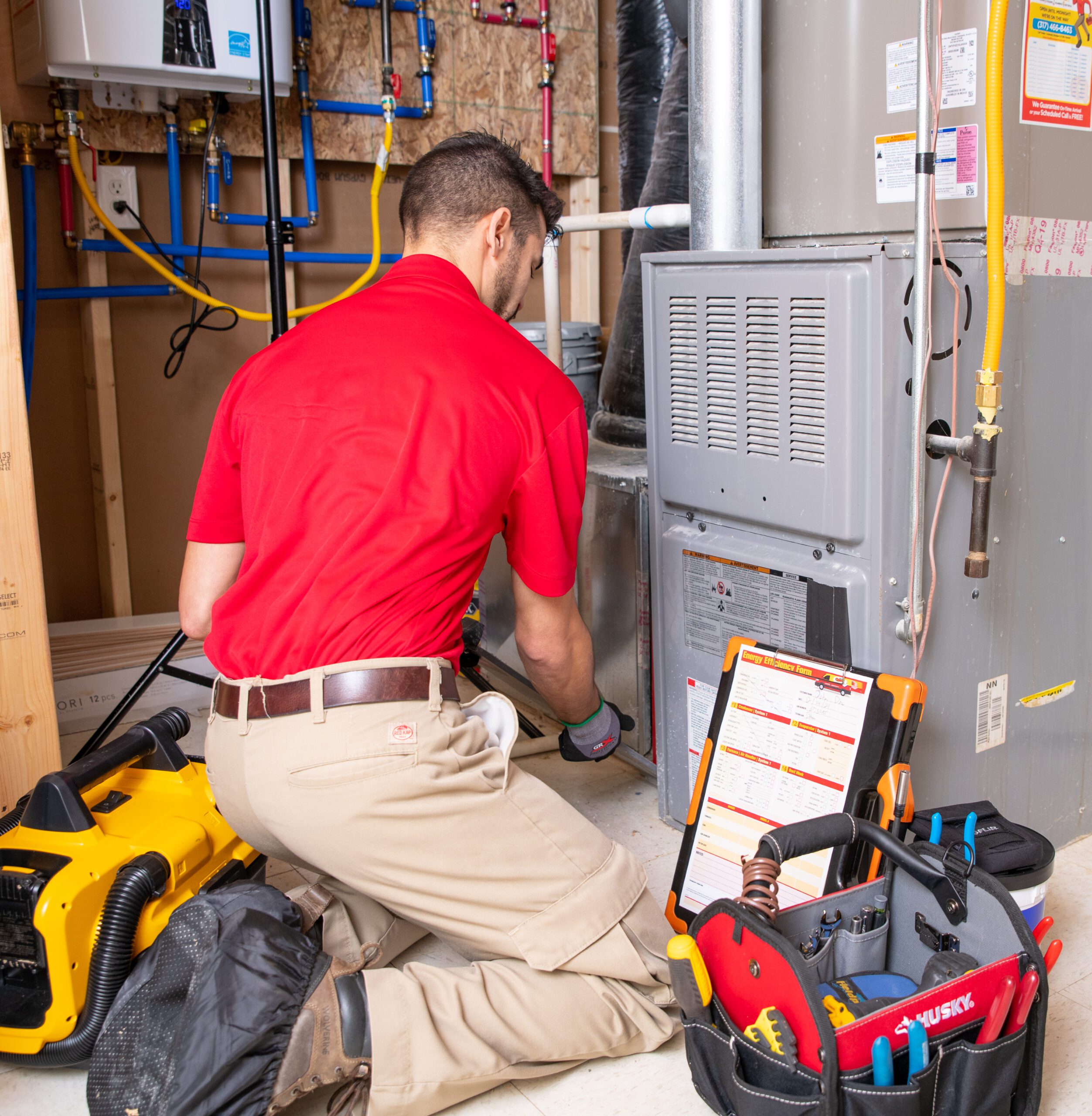

- Schedule a consultation with HVAC installation companies to assess your heating and cooling needs, conduct a home energy audit, and determine the best system for your budget and space.
- Obtain necessary permits and approvals from local authorities before beginning the installation process.
- Verify compliance with building codes, zoning regulations, and homeowner association guidelines.
- Choose an HVAC system that meets your heating and cooling requirements while also maximizing energy efficiency and comfort.
- Consider factors such as system type, size, efficiency ratings, and advanced features like zoning or smart thermostats.
- Conduct a load calculation to determine the heating and cooling load of your home based on factors such as square footage, insulation, windows, and occupancy.
- Proper sizing is essential for optimal performance and efficiency.
- Establish a budget for your HVAC installation project and obtain detailed estimates from multiple installation companies to compare pricing and services.
- Explore financing options and incentives offered by HVAC manufacturers, utility companies, and government programs to offset upfront costs and make installation more affordable.
- Inspect your home’s existing HVAC infrastructure, including ductwork, insulation, and electrical systems, to identify any potential issues or upgrades needed before installation.
- Address any deficiencies or repairs before the installation to ensure compatibility with the new HVAC system and prevent future problems.
HVAC Installation Cost
The cost of HVAC installation can vary based on several factors, including the size and complexity of the system, local labor rates, and any additional components or upgrades required. On average, homeowners can expect to pay between $5,000 and $10,000 for a complete HVAC installation. It’s essential to obtain quotes from multiple HVAC contractors and consider factors like energy efficiency, warranty coverage, and overall value when making your decision.


Keep detailed records of your HVAC installation project, including contracts, permits, invoices, and warranties for equipment and labor. Review warranty coverage with the installation company and manufacturer to understand what is covered and any maintenance requirements to preserve warranty eligibility.


After the HVAC system is installed, the installation company should conduct testing and commissioning to ensure proper operation, airflow, and refrigerant charge. Verify that the system is calibrated and programmed correctly, including thermostat settings, zoning controls, and energy-saving features.


Clear the installation area of any obstacles or debris to provide unobstructed access for the installation crew and equipment. Arrange for temporary accommodations or alternate heating and cooling arrangements during the installation process, if necessary, to minimize disruption to your daily routine.
HVAC Installation Process
The HVAC installation process typically involves several key steps:
1. Assessment and Planning:
HVAC professionals assess your home’s heating and cooling needs, consider factors like square footage and insulation, and help you select the right system for your needs and budget.
2. Preparation:
This may include removing the old HVAC system, making any necessary modifications to the ductwork or electrical system, and preparing the installation site for the new equipment.
3. Installation:
HVAC technicians install the new equipment, including the furnace, air conditioner or heat pump, ductwork, and thermostat, following manufacturer guidelines and local building codes.
4. Testing and Inspection:
Once the installation is complete, technicians test the system to ensure proper operation and perform any necessary adjustments. They may also conduct a final inspection to verify compliance with regulations.
5. Client Education:
HVAC professionals provide instructions on operating and maintaining the new system, including information on filter changes, thermostat programming, and troubleshooting common issues.
New HVAC Installation Cost
The cost of a new HVAC installation can vary depending on factors like system size, efficiency ratings, and additional features. On average, homeowners can expect to pay between $5,000 and $10,000 for a complete installation. This cost includes the price of the HVAC equipment, labor, permits, and any necessary additional components or modifications. It’s essential to obtain quotes from multiple HVAC contractors, consider energy efficiency ratings and warranty coverage, and ensure compliance with local building codes and regulations.
After the HVAC system is installed, the installation company should conduct testing and commissioning to ensure proper operation, airflow, and refrigerant charge. Verify that the system is calibrated and programmed correctly, including thermostat settings, zoning controls, and energy-saving features.
Keep detailed records of your HVAC installation project, including contracts, permits, invoices, and warranties for equipment and labor. Review warranty coverage with the installation company and manufacturer to understand what is covered and any maintenance requirements to preserve warranty eligibility.
By implementing these energy-efficient measures, you can significantly reduce your heating costs and enjoy a more comfortable living environment.
- Verify that the circuit breaker or fuse associated with the HVAC system is not tripped or blown.
- Test the power supply with a multimeter to confirm voltage levels are within the acceptable range.
- If filters are dirty, replace them with clean ones to improve airflow and system efficiency.
- Regularly clean or replace air filters every 1-3 months to maintain optimal performance.
- Verify that the thermostat is set to the desired temperature and mode (cooling or heating).
- If the thermostat is programmable, review the schedule and adjust as needed to match your preferences.
- Look for visible holes, gaps, or disconnected sections in the ductwork and repair as necessary.
- Use a flashlight to check for obstructions such as debris or objects blocking airflow in the ducts.
- If the drain line is clogged, clear the blockage using a wet/dry vacuum or by flushing with water.
- Ensure the condensate pump is functioning properly and removing excess moisture from the system.
